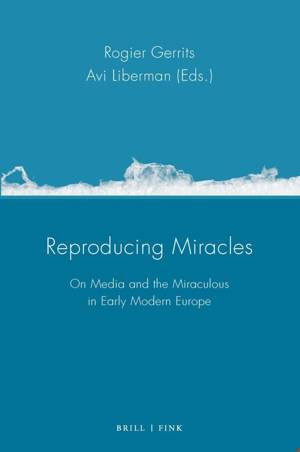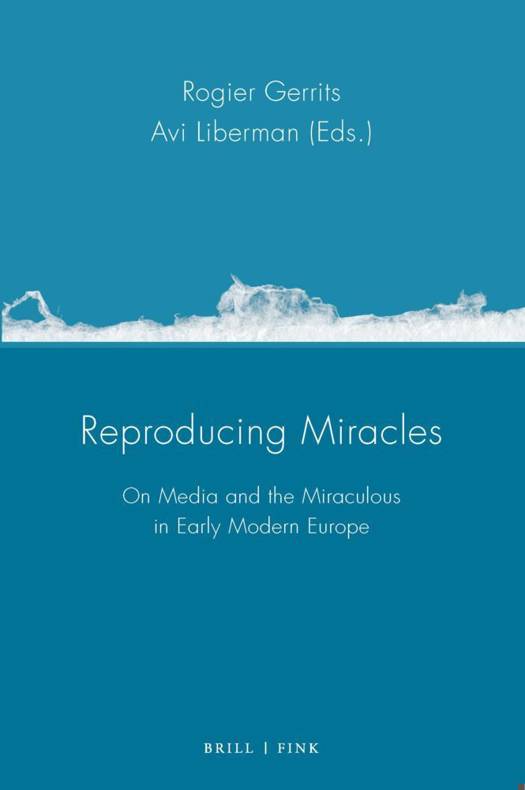
Je cadeautjes zeker op tijd in huis hebben voor de feestdagen? Kom langs in onze winkels en vind het perfecte geschenk!
- Afhalen na 1 uur in een winkel met voorraad
- Gratis thuislevering in België vanaf € 30
- Ruim aanbod met 7 miljoen producten
Je cadeautjes zeker op tijd in huis hebben voor de feestdagen? Kom langs in onze winkels en vind het perfecte geschenk!
- Afhalen na 1 uur in een winkel met voorraad
- Gratis thuislevering in België vanaf € 30
- Ruim aanbod met 7 miljoen producten
Zoeken
Reproducing Miracles
On Media and the Miraculous in Early Modern Europe
€ 156,45
+ 312 punten
Omschrijving
The early modern world abounded with representations of miracles. Departing from the view that miracles are fundamentally media events, the chapters of this volume examine how miraculous occurrences were reproduced across various cultural productions of the time, including epic poetry, painting, theatre, hagiographies, ego documents, and philosophical treatises. From an interdisciplinary perspective, scholars from literary studies, art history, and history analyse the strategies employed by creators to capture the ephemeral nature of miracles. The chapters show that these strategies ranged from brevity and matter-of-factness to material abundance and polysensoric performances. By discussing the early modern miraculous from a medial standpoint, the volume demonstrates that the reproduction of miracles served not only to validate their veracity but, more importantly, to disseminate them as perceived deviations from the laws of nature, allowing humans to glimpse the transcendent.
Specificaties
Betrokkenen
- Uitgeverij:
Inhoud
- Aantal bladzijden:
- 450
- Taal:
- Engels, Duits
- Reeks:
- Reeksnummer:
- nr. 9
Eigenschappen
- Productcode (EAN):
- 9783770568987
- Verschijningsdatum:
- 8/09/2025
- Uitvoering:
- Paperback
- Formaat:
- Trade paperback (VS)
- Afmetingen:
- 158 mm x 25 mm
- Gewicht:
- 371 g

Alleen bij Standaard Boekhandel
+ 312 punten op je klantenkaart van Standaard Boekhandel
Beoordelingen
We publiceren alleen reviews die voldoen aan de voorwaarden voor reviews. Bekijk onze voorwaarden voor reviews.








